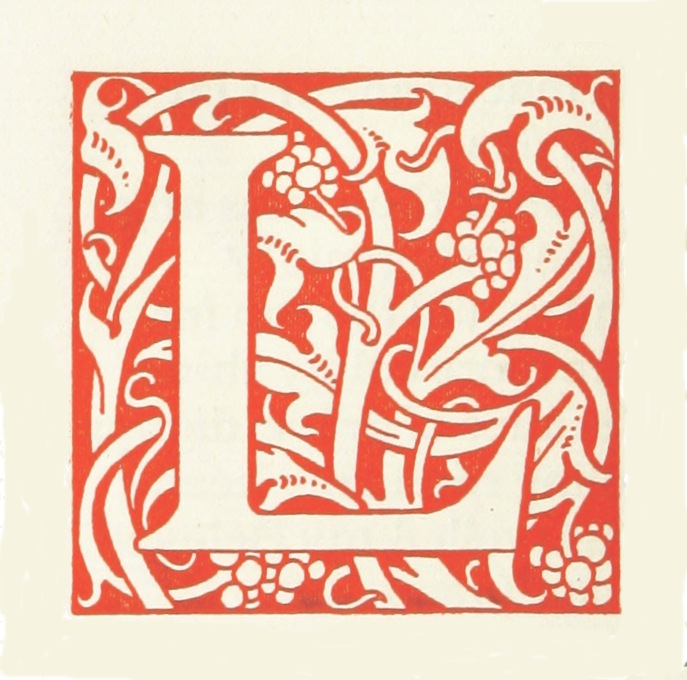One might say, then, that Black romances have been treated in a way that parallels Paul Winslow’s behaviour towards Adam. Adam is clearly the son of Paul Winslow but at the first meeting between father and son Paul chooses to sit
opposite Adam [...], not coming close enough to touch the flesh of his first-born son. [...] Not even a handshake. [Adam] sat back down, thinking it was good to sit or he would be reeling at this rejection of his humanity. From his father.
“You have the Winslow eyes,” Paul Winslow said, even though Adam could see he clearly didn’t mean to speak those words aloud.
He continued on, “You’ll see, in David, your younger…”
His father would not finish the sentence. And Adam wanted him to. [...] Why couldn’t he say David was his brother? (Huguley 19)
Paul holds back because words have power. Even the admission that Adam has “the Winslow eyes” is inadvertent: it admits to a connection between them. Deliberately naming Adam as David’s brother would go yet further and suggest that the two were equals or even that Adam was deserving of greater respect due to his seniority. Moreover, although Adam had hoped to be treated as “a human being” (16), to be given “his father’s respect. And to belong” (16), he has only been summoned to Winslow because Paul Winslow has found a use for him: “The colored workers are always getting sick and costing me money at the mill. They need their own doctor” (21).
Paul Winslow’s interest in seeing his son is spurred by the realisation that Adam can be of benefit to Paul’s business. One can perhaps identify parallels with mainstream publishing firms which created or acquired African American romance imprints but then largely kept their Black romances segregated from their white ones. Like the novels which were shelved in the 'African American section' because of the race of their protagonists and authors rather than alongside the other texts in the same genre, Adam is only partially acknowledged as part of the family and his work is intended to be with the Black inhabitants of Winslow, not the white ones.
In the penultimate chapter of the novel, however, Adam claims his rightful place by adding to the genealogical details which have been placed in “the Winslow family Bible” (243): “Adam set his jaw. 'I’m putting myself in this Bible. I belong here'” (244). Black authors have certainly written themselves into the romance genre. Kim Gallon noted in 2013 that although “Scholars of the African American literary tradition and of popular romance have paid virtually no attention to romance found in the black press,” “the black press in the 1920s and 1930s also published romance fiction.” Further back in time, texts such as Frances Harper’s Iola Leroy, or Shadows Uplifted (1892), began the “first wave of African American women’s historical romances” (Dandridge 2010), and Margo Hendricks, in her forthcoming academic book, Heliodorus’ Daughters: Black Women and the Romance Industry, identifies a Black presence as far back as the ancient Greek romance known as the Aethiopica or Theagenes and Chariclea. Such texts are an important part of the modern romance’s family tree and deserve to be inscribed in their rightful place alongside medieval romances such as Sir Thomas Malory’s Morte d’Arthur and the novels of Jane Austen, which appear in the novel examined in the following chapter.
